Doftana Penitentiary
This enormous abandoned prison was once dubbed the "Bastille of Romania."
Doftana Penitentiary, dubbed the “Bastille of Romania,” is among the most enticing of the country’s ruins. Built in 1895 by King Carol I, it had eight wings, 308 cells, a massive defense wall, and seven guard towers. Five wings had cells with windows, and three wings had cells with no natural light whatsoever—these were reserved for those sentenced to more severe punishments.
In the 1930s and ‘40s, fascists and communists were jailed within the complex alongside petty criminals. A legend says that while in prison, communists used to write articles on toilet paper, swing them on a wire from one cell to the other, and smuggle them out for a weekly leaflet that would then be distributed among factory and railroad workers.
Among the future communist leaders serving sentences within the prison were Gheorghe Gheorghiu-Dej and Nicolae Ceaușescu. Both would eventually rule Romania: Gheorghiu-Dej from 1948 through 1965 and Ceaușescu 1965 through 1989.
After World War II, Gheorghiu-Dej transformed the prison into a museum for propaganda reasons, using it to show the entire nation where the bourgeois regime used to lock up those who fought for the rights of proletarians. A miniature of the compound was placed in the first hall at the entrance, statues of Dej and later of Ceaușescu were on exhibition, and the cell of the latter could be seen preserved as it had appeared 30 years before.
Buses full of children, teenagers, workers, and soldiers arrived here every day on a continuous pilgrimage. This prison was chosen because of the scenery and imposing structure, and Ceaușescu had only been there for petty crime in his youth, awaiting his penalty before he was sent away.
After communism fell in 1989, the museum was abandoned and left to decay. Most of the roof has collapsed, there are no windows, and in some parts, water leaks have begun to chip away at floors and walls. The miniature of the compound and the statues have been smashed beyond recognition, probably as payback after 45 years of poverty and terror. Plans to sell the old prison to a real estate developer or a hotel operator have failed, and the fate of the building is now uncertain.
Know Before You Go
The building is not officially open for tours and it is dangerous to visit without proper protective equipment, so you must stick to admiring it from the outside.




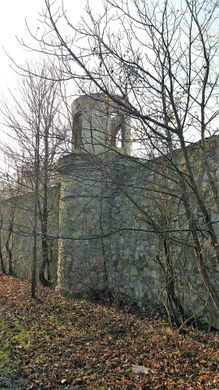
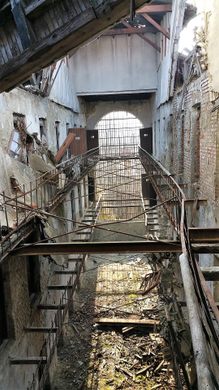
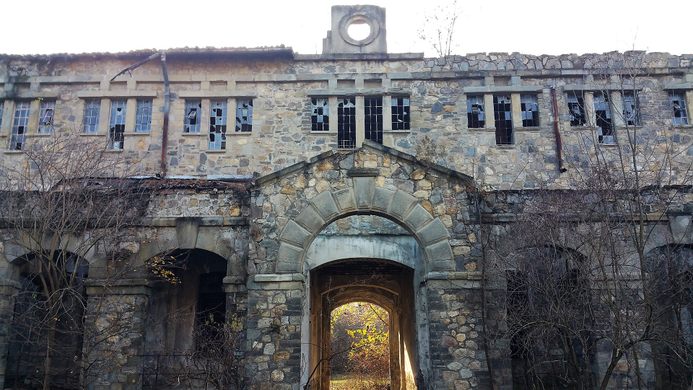
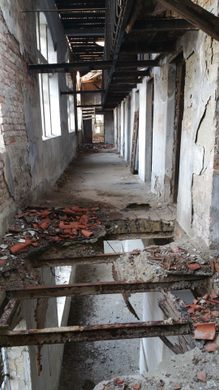
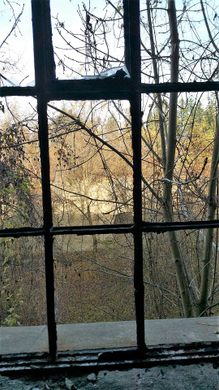
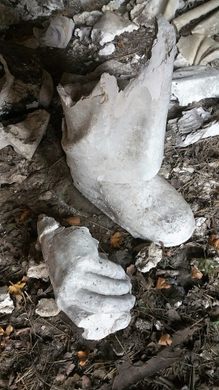
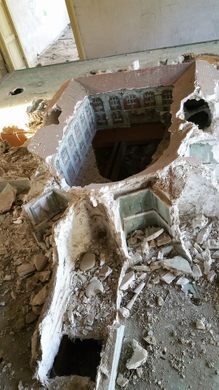
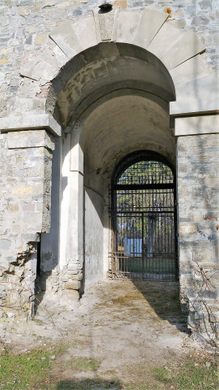
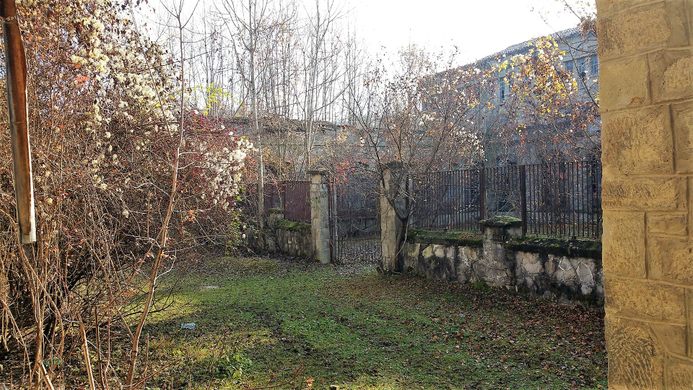


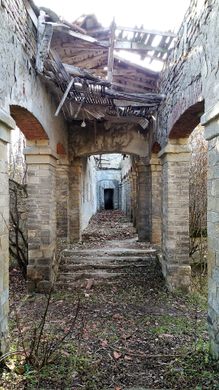
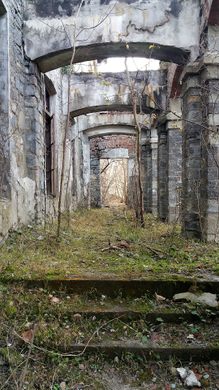
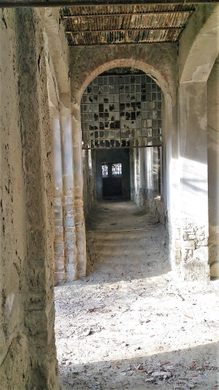
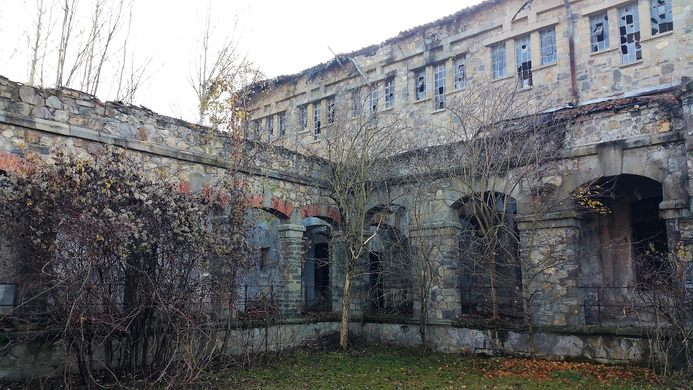
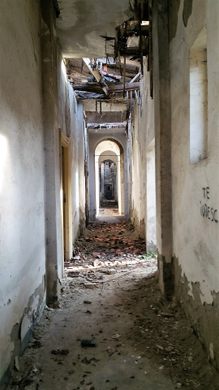
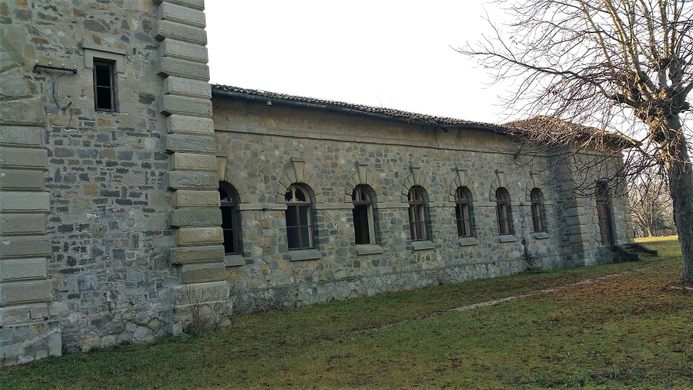

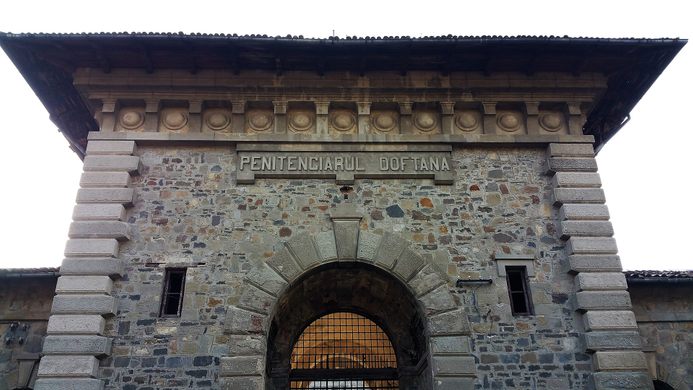




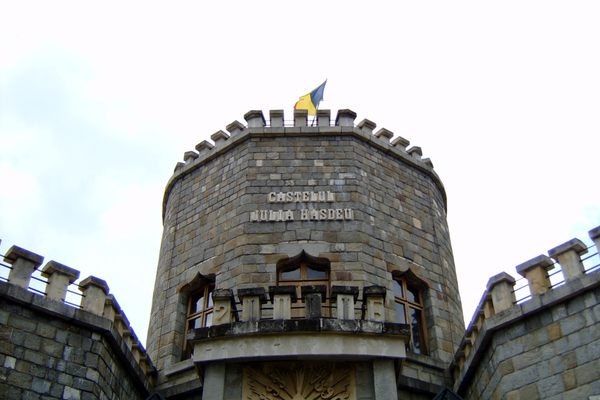


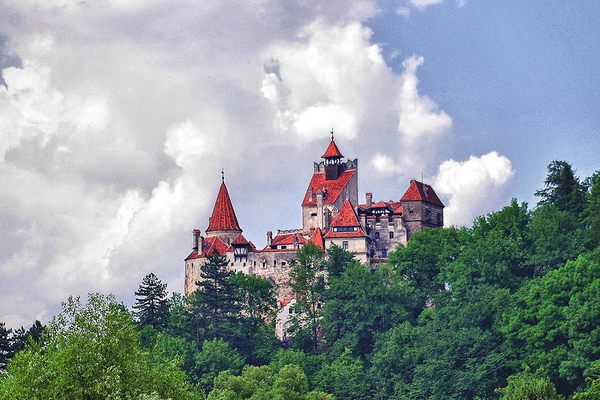


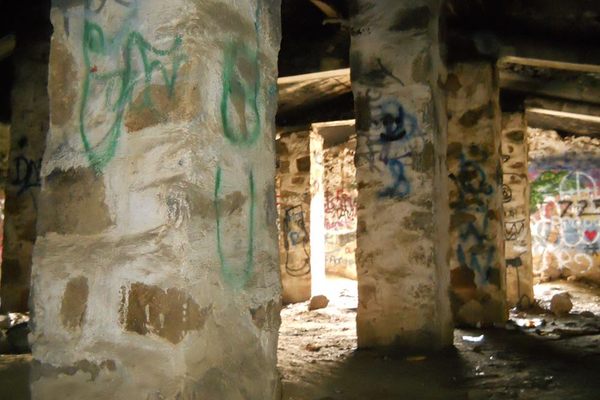
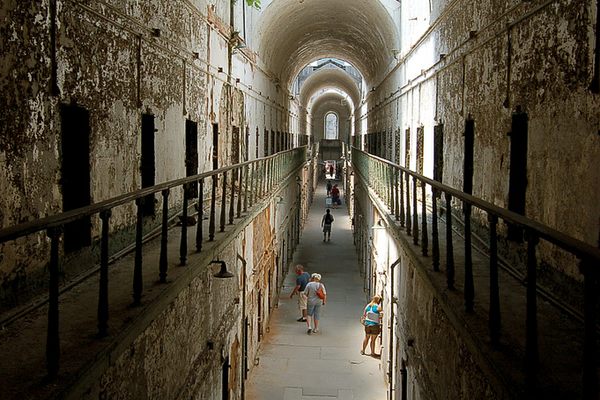

Follow us on Twitter to get the latest on the world's hidden wonders.
Like us on Facebook to get the latest on the world's hidden wonders.
Follow us on Twitter Like us on Facebook